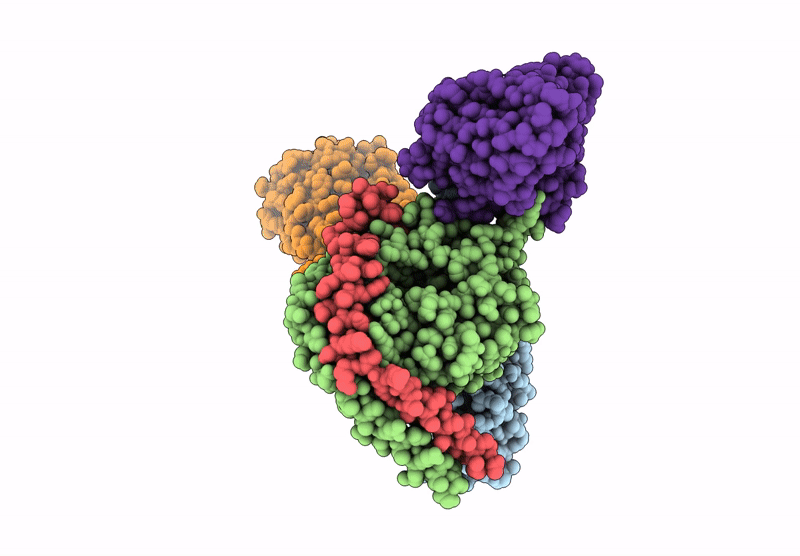
Deposition Date
2024-08-01
Release Date
2025-01-01
Last Version Date
2025-01-15
Entry Detail
Biological Source:
Source Organism:
Homo sapiens (Taxon ID: 9606)
Mus musculus (Taxon ID: 10090)
Escherichia coli (Taxon ID: 562)
synthetic construct (Taxon ID: 32630)
Mus musculus (Taxon ID: 10090)
Escherichia coli (Taxon ID: 562)
synthetic construct (Taxon ID: 32630)
Host Organism:
Method Details:
Experimental Method:
Resolution:
3.04 Å
Aggregation State:
PARTICLE
Reconstruction Method:
SINGLE PARTICLE


